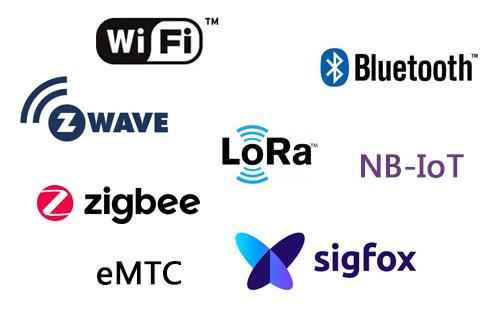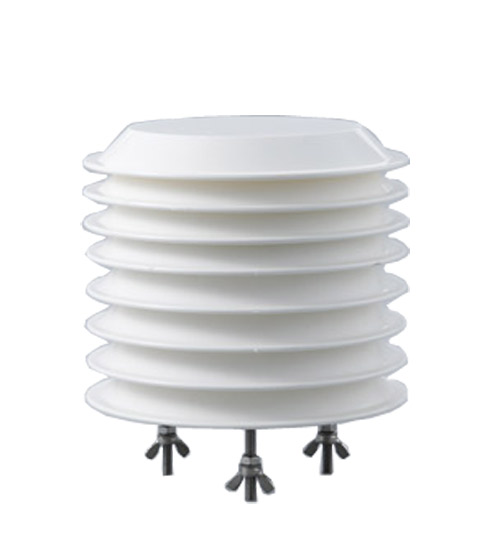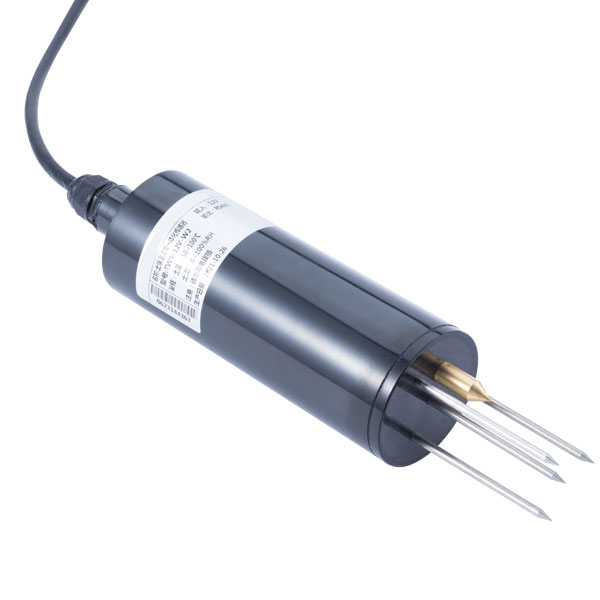

— Blogs —
—Products—
 Consumer hotline +8618073152920
Consumer hotline +8618073152920 WhatsApp:+8615367865107
Address:Room 102, District D, Houhu Industrial Park, Yuelu District, Changsha City, Hunan Province, China
Product knowledge
Time:2022-01-02 18:52:38 Popularity:830
Who is the future trend of the Internet of Things, NB-IoT and LoRa
NB-IoT and LoRa are both representatives of the field of low-power wide area networks. As representatives of the field of low-power wide area networks, both NB-IoT and LoRa are long-distance transmission technologies and are hard to distinguish. Then NB-IoT and LoRa are very strong. Who is the future trend of the Internet of Things? Let's take a look at the specific content.
Tests have shown that in a general open environment, the stable distance of LoRa communication with 30dBm power and 433MHz frequency band can be more than 5km; the coverage of NB-IoT signal depends on its base station density and link budget, and the general stable communication distance can reach 15km.

Comparison of NB-IoT and LoRa
In terms of network, NB-IoT uses a unified deployment by operators to cover the whole country. Therefore, NB-IoT has better network coverage. Its coverage can be extended to 18-21 kilometers, which is higher than the 12-15 provided by LoRa. Kilometer coverage. However, since LoRa is a self-built enterprise network, it can be controlled independently, and its coverage area remains relatively stable in all regions.
In terms of cost, users rent the operator’s NB-IoT network and modules. Although the operator has subsidies, the current cost of NB-IoT is about 20-30% higher than that of LoRa. Therefore, LoRa has a cost advantage, which is conducive to low-cost and flexible deployment of government and enterprise customers in the early stage.
In terms of frequency band usage, NB-loT works on licensed spectrum, and LoRa works in unlicensed frequency bands below 1GHz, and can only work in certain designated frequency bands. In terms of terminal batteries, LoRa can achieve longer battery life than NB-IoT.
From the current application field, NB-IoT is mainly used in electricity meters, financial POS, industrial equipment and other high-quality services that have high requirements for transmission rate, communication frequency, and transmission delay; while LoRa is low-cost in agriculture and logistics. , The scene with precise positioning is better at it.
Sensors & Weather Stations Catalog
Agriculture Sensors and Weather Stations Catalog-NiuBoL.pdf
Weather Stations Catalog-NiuBoL.pdf
Related recommendations
Related products
 Atmospheric Temperature Humidity Pr···
Atmospheric Temperature Humidity Pr··· Soil Temperature Moisture Sensor 4-···
Soil Temperature Moisture Sensor 4-··· Air temperature, humidity and atmos···
Air temperature, humidity and atmos···
Screenshot, WhatsApp to identify the QR code
WhatsApp number:+8615367865107
(Click on WhatsApp to copy and add friends)